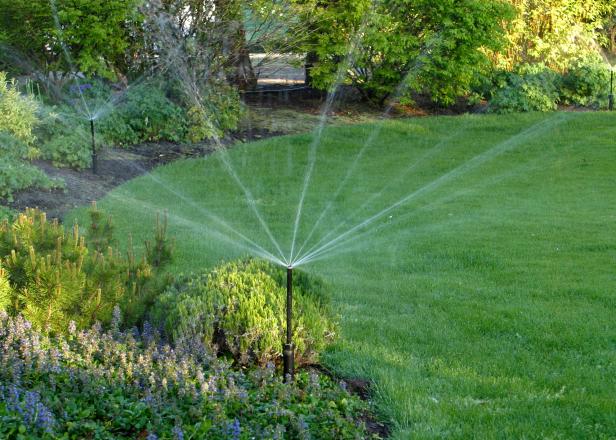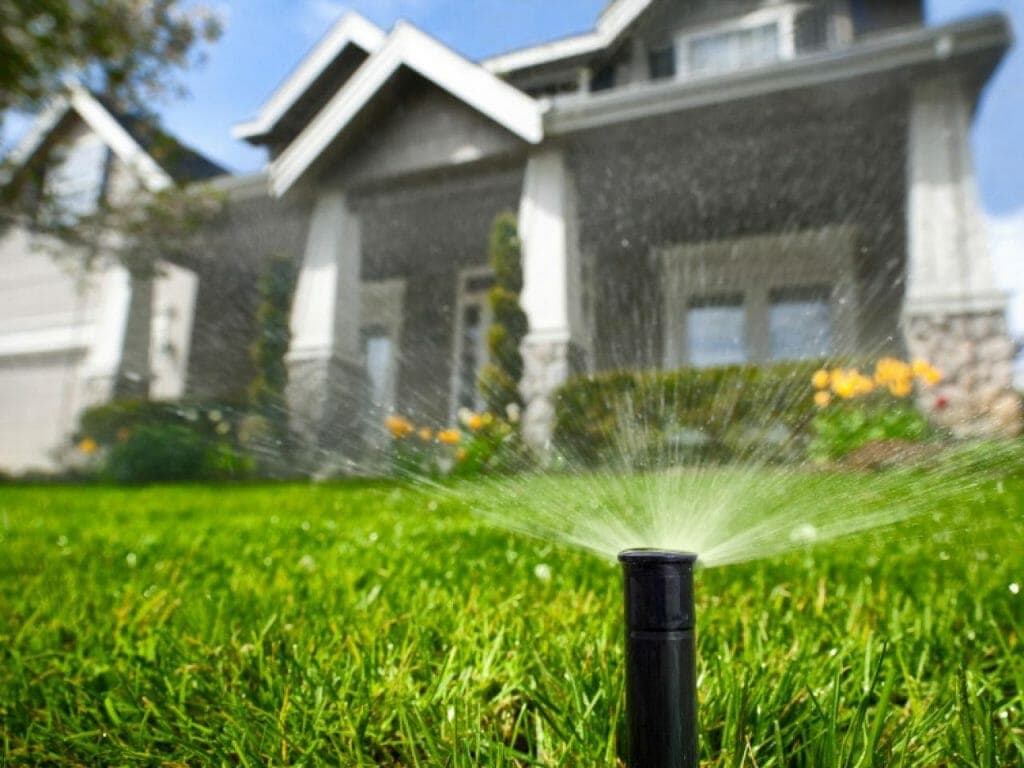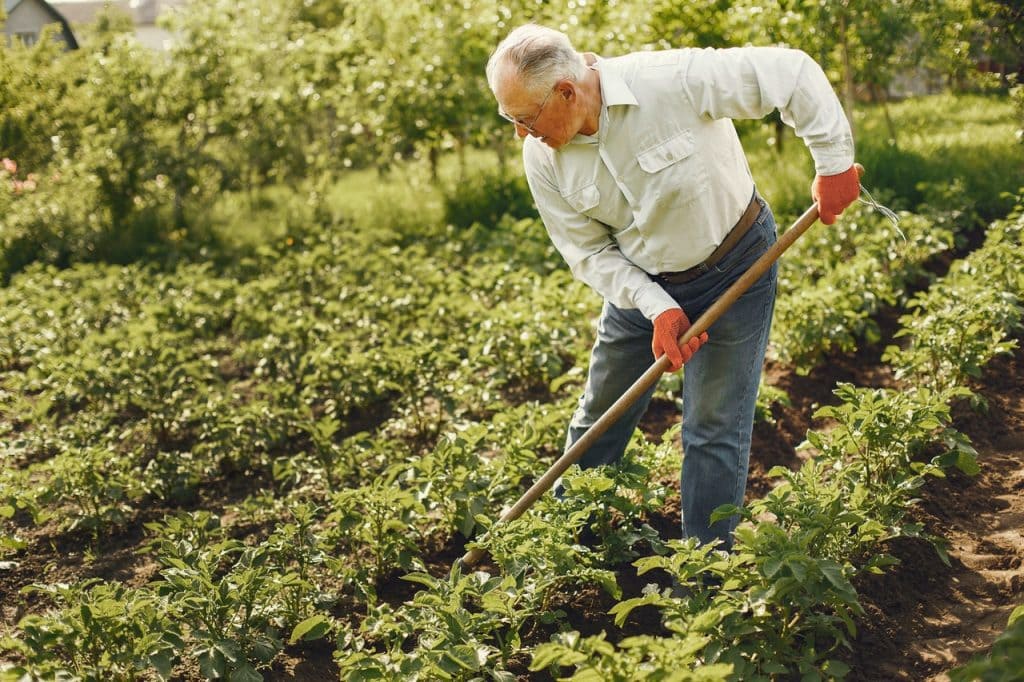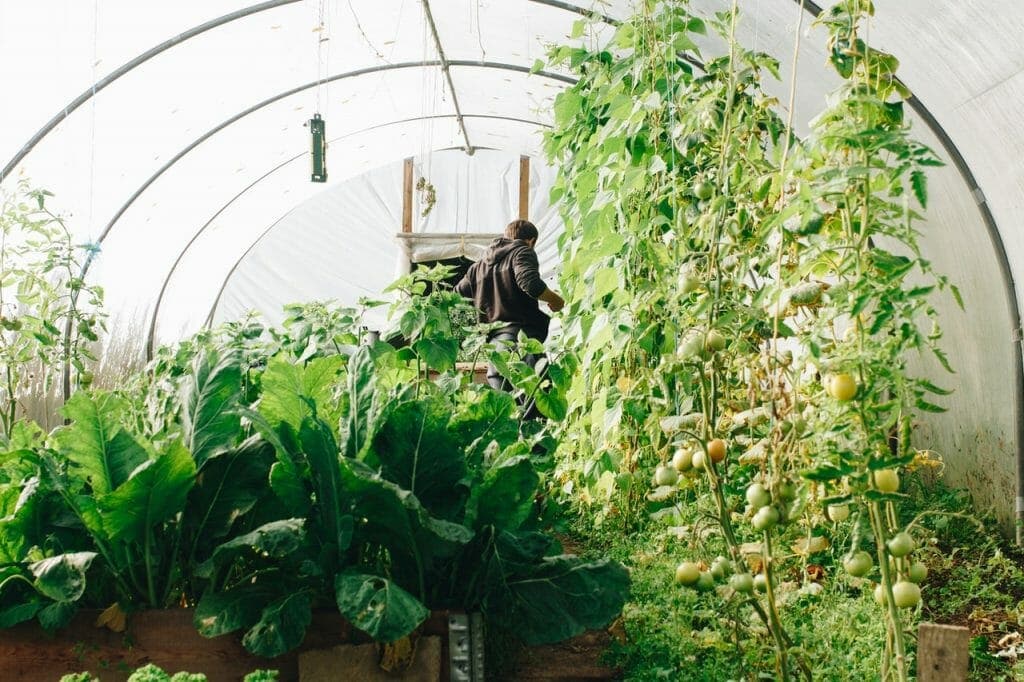Written by Jeff Stafford and published on https://www.hgtv.com/.
Even the best irrigation system can waste water if it is run too long or operated incorrectly. You might be able to save water by regularly maintaining your irrigation system.
Planting a garden is one thing, but garden maintenance is ongoing. The planting is merely the beginning of the work – now you have to start staking, watering, mulching and the ongoing schedule of plant and garden care.
There is a lot involved in maintaining your garden – which is why more than a few things are usually neglected in most gardens. Here are few tips to ensure a successful garden even if you never own a garden before.
Irrigation 101: Garden Watering Options
What is the best watering system for your yard? Use this helpful guide to save water, money and time.

You want to get a watering system for your yard but are overwhelmed by the many choices available. What is the best one for you? It all comes down to a simple matter of preferences and budget but you need to be aware that there are advantages and disadvantages to every irrigation system.
With more than thirty years experience in the landscape and irrigation industry, Kurt Thompson of Orlando, Florida’s Massey Services, Inc., provides a helpful list of pros and cons for each option, starting with whether you want a manual or an automatic watering system. In many cases, homeowners might want to use a combination of systems for their needs such as drip irrigation and automated spray heads. “I have drip in all my shrubs and tree beds,” Thompson states, “and I do overhead on my turf which is sort of the standard way of delivering water.”
Drip Irrigation
A drip irrigation system is exactly like it sounds. Water is delivered directly to the root zone of a plant in slow but steady increments through tubing or hoses that release the water through either bubbler nozzles, inline emitters or micro-sprayers.
Pros: Studies have shown that well-designed and properly installed drip irrigation systems use anywhere from 30 to 50 percent less water than other watering systems. Because the water is delivered at the soil level, there is no runoff or waste and it is more easily absorbed in problematic soil (sand or clay) through the slow application. This system can be either automated or a manual installation.
Cons: Regardless of what irrigation system you choose, regular maintenance is an ongoing responsibility, but if you are vigilant it will extend the life of your watering system. With drip irrigation, the filters need periodic flushing to prevent clogging and mineral buildup. Improper installation of a drip system can result in poor root development and dieback. It is also easy to cause damage to the tubing if you are not careful when working in the yard with power tools. Tubing can also wear out more quickly if exposed to direct sunlight and yard traffic.
Drip irrigation is also susceptible to animal damage. “When it’s drought for the plants,” Thompson says, “it’s drought for the rodents, the pests. When that drip is running, they know where the water is. It’s like a little faucet for them. And their teeth will try to make the faucet hole bigger and they’ll even eat the top out of a spray sprinkler.”
Spray Systems
An automated spray system is a widely used and popular method for delivering water to every type of landscape from lawn to garden to shrubs. The standard setup is composed of a controller (which operates the entire system), valves (that open and close to release water to underground pipes) and sprinklers or sprayers which distribute the water. Both spray and rotor systems offer a choice of pop-up or shrub-style sprinklers; the pop-up style is installed below ground and only rises up when the sprinkler is turned on, making it almost invisible to the eye most of the time. Shrub-style sprinkler bodies are mounted above ground on vertical pipes and are usually used to water areas with tall, dense shrubs. Recent advances in technology have blurred the line between spray head and rotor head bodies so much that you can now find a wide range of styles in both systems.
Pros: A spray sprinkler system allows you to water an area of the yard or garden in a short period of time with a high application rate. Most spray systems can be easily customized and upgraded to include soil moisture sensors, drip irrigation zones and rain shut off devices. The spray heads are adjustable for maximum coverage in all full circle, half-circle or quarter-circle configurations.
Cons: If you have a sloped or steep incline in your yard, an automated spray system might not be ideal for you since they work best in flat terrain. They are also less effective in the distribution and penetration of water in certain soil types, such as thick clay or compacted sandy soils, which are better suited to slow drip irrigation and not the fast, forceful application of water via sprayers, which can result in runoff.
“The problems people face with sprays,” Thompson cautions, “are usually the leaky seals that happen with age and if they’re improperly installed, they can easily be ruined by a lawnmower.” If you have damaged a spray system with a lawn mower or sharp tool creating leaks, you might not notice it right away because most systems water early in the morning. Instead, you might not find out until you get a huge water bill. So it is recommended to observe your sprinklers operating a couple of times per year.
Rotor Systems
An automated rotor system operates in much the same manner as a spray system, except that the rotor heads use a rotating stream of water distribution as opposed to spray heads, which spray water in a fixed pattern. Like the name implies, a rotor sprinkler has a mechanism that allows the entire sprinkler body to spin around in set arcs. This system is generally used for larger landscape areas which are often more than 18 feet in width.
Pros: Rotor systems are considered more effective in distributing water evenly and more precisely than spray head sprinklers. Their flexibility allows them to be effective at watering odd-shaped areas or sloping lawns or turf with nonabsorbent soils.
Cons: If you experience low water pressure with your current outdoor watering method, a rotor system might not be effective for your situation since the jet stream-like distribution is dependent on higher water pressure than sprays.
Supplemental Solutions
Before automated watering systems became the standard for most homeowners, the use of soaker hoses was quite common and practical for people who wanted to practice water conservation and keep their water bills low. Although soaker hoses are not really efficient for watering lawns, they are still quite effective in situations where you have a random soil condition problem or water-starved plants that need a direct application of moisture. Using soaker hoses is, of course, a manual process that can be time consuming. You also can’t really measure or control the amount of water a soaker hose emits, unlike an automated system. In some cases, you might want to simply hand water some plants in your yard, especially in the case of newly planted shrubs, which need more water than usual the first year to establish themselves.
Whatever watering system you decide to choose for your yard, make sure you consult with a professional on the installation. Some homeowners have made the mistake of trying to install drip or spray irrigation systems on their own without any experience in order to save money. Usually, they end up having to spend twice as much to correct the problems they have created in their yard. “If it’s properly done with an automatic system with a rain sensor on it,” Thompson notes, “and if the person hires a professional, they can set up a schedule for the automatic timer and adjust it on a monthly or seasonal basis of maximum effectiveness.”
Original post here https://www.hgtv.com/outdoors/gardens/planting-and-maintenance/irrigation-101-garden-watering-options.



